The dramatic rescue of campers stranded by 'extreme rain' for seven days
After more than six years as a State Emergency Service volunteer Chris Zammit says one incident – in which he helped rescue 39 campers stranded by flood waters – truly stands out.
In his time with the Moruya unit in regional NSW he’s attended horrific road crashes, worked in the aftermath of devastating storms, strapped on a harness and lowered himself down a cliff face to rescue a fallen couple trapped by rising waters.
But one of the most memorable events Mr Zammit was ever part of was the rescue of a group of campers stranded by floodwaters in the Deua National Park at Bendethera, about 40 km west of Moruya, in January 2016.
For seven days, post-Christmas holiday campers were stuck at the side of a swollen river that was impossible to pass.
The campers ranged in age from a six-month-old baby to a man in his 70s and were a mix of local, national and international visitors.
“The reason they got stranded was because 440mm of rain fell in that area within a matter of hours – it was a pretty extreme weather event,” Mr Zammit said.
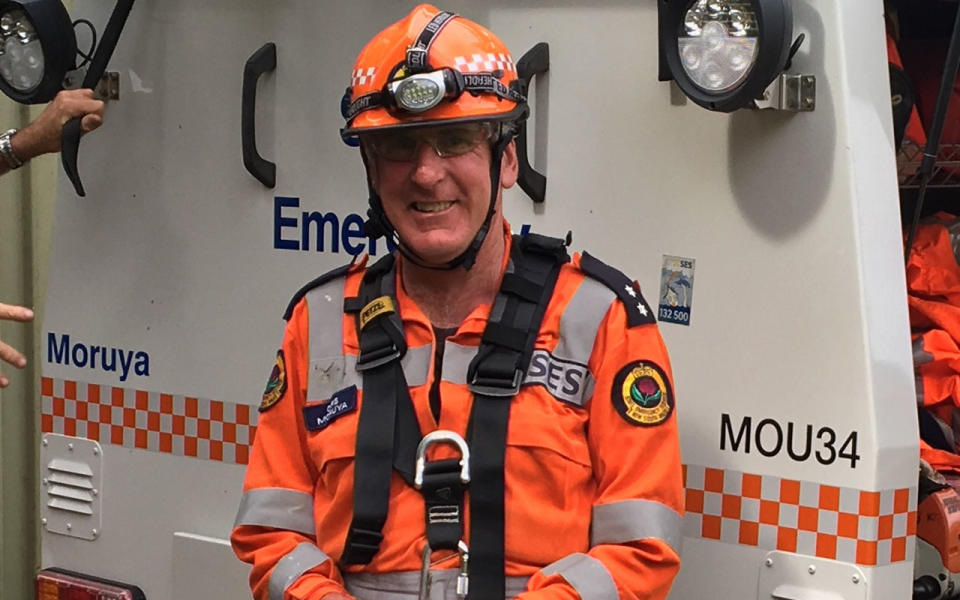
“It was quite literally a perfect storm in terms of time because it happened in a peak period over the Christmas break and there were more than 100 campers at the site.”
Locals who knew the area well got out fast, leaving before the downpour cut off access to the national park’s exit routes.
The people that got stuck, Mr Zammit says, were out-of-towners, people with families and campervans who were taken by surprise at the extent of the flooding.
With no radio communication in the area, it took 24 hours before word got out that 39 people were still stranded at the camping ground, with no way of leaving and with food supplies running out.
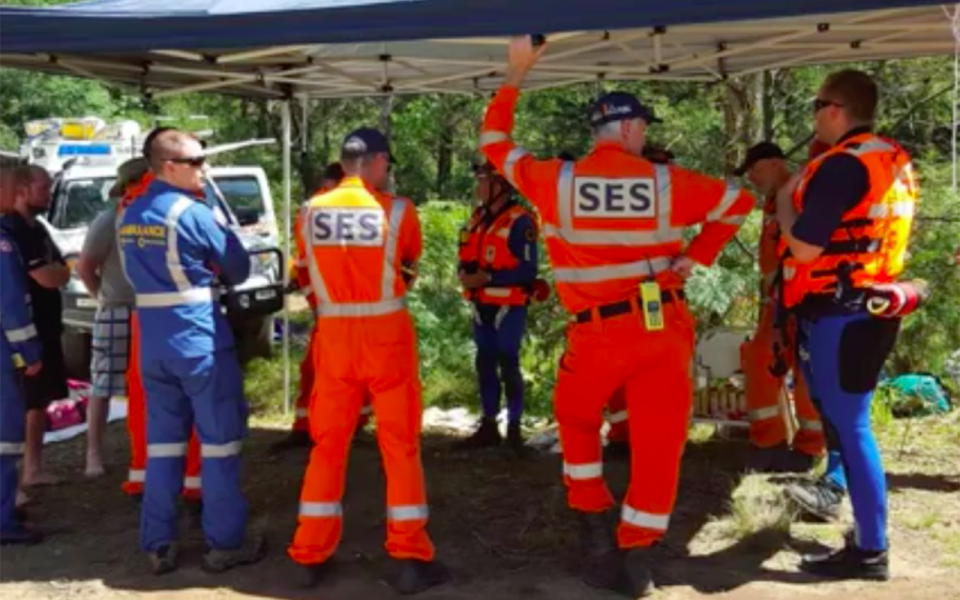
A helicopter was flown in, but with heavy cloud cover and terrible weather conditions hampering an airlift rescue, the SES were called in.
“The river was about 2.5 metres above its normal level,” Mr Zammit said.
“After talking to them, I realised they didn’t want to leave all their camping equipment, four-wheel drives, camper vans and so on. So it was a matter of maintaining welfare.”
For the next seven days it was about keeping the campers’ health and well-being in check, bringing food and ensuring they had what they needed until the floodwaters subsided.
After a week of subsisting on food parcels, the women and children were taken out on rescue dinghies and the men drove their cars and camper vans out of the site.
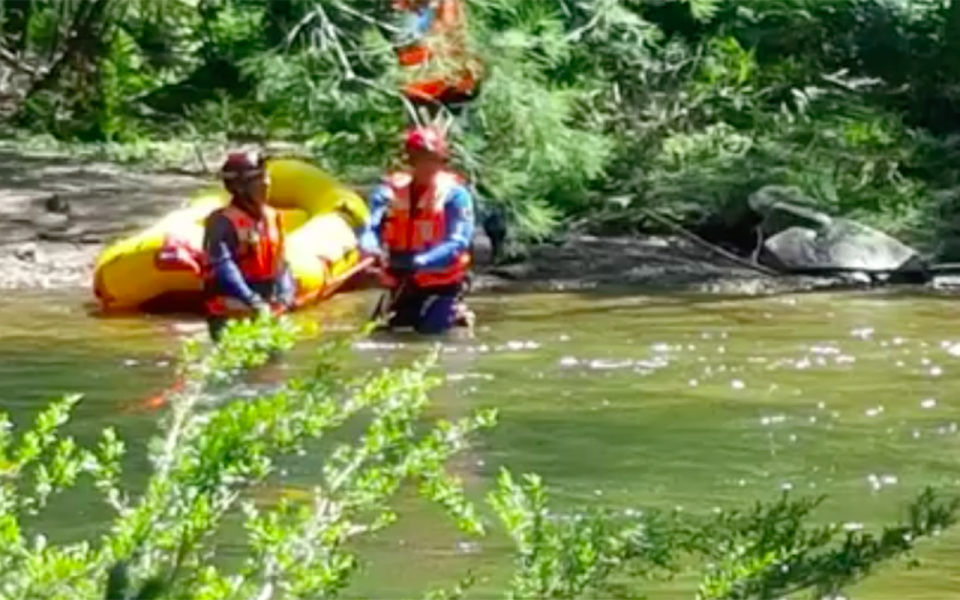
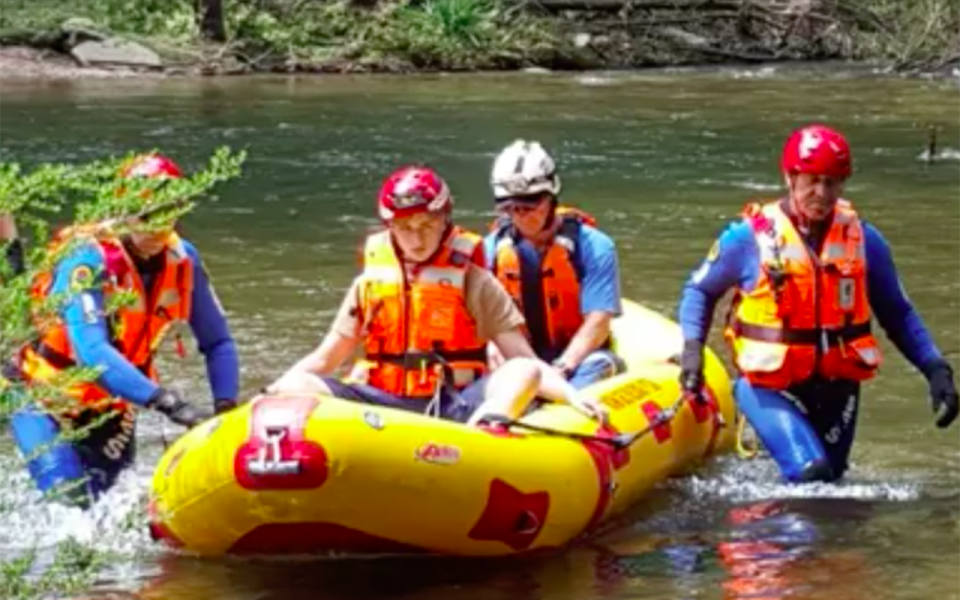
“We had what’s call an ‘extraction team’ and the assistance of Ambulance Special Operations, which travels the country dealing with flood rescues and fires,” Mr Zammit says.
The peril was over, the campers were exhausted by their experience – but there was an unexpected outcome.
“It was a great example of teamwork, from the campers to the SES crew and the ASO.
“As a result of all of that, quite a few people joined the SES once they heard what had happened, including a family member of one of the rescued campers and one of the campers themselves.”
The Moruya unit were awarded a Commissioner’s Certificate for their special efforts “above and beyond the call of duty”.
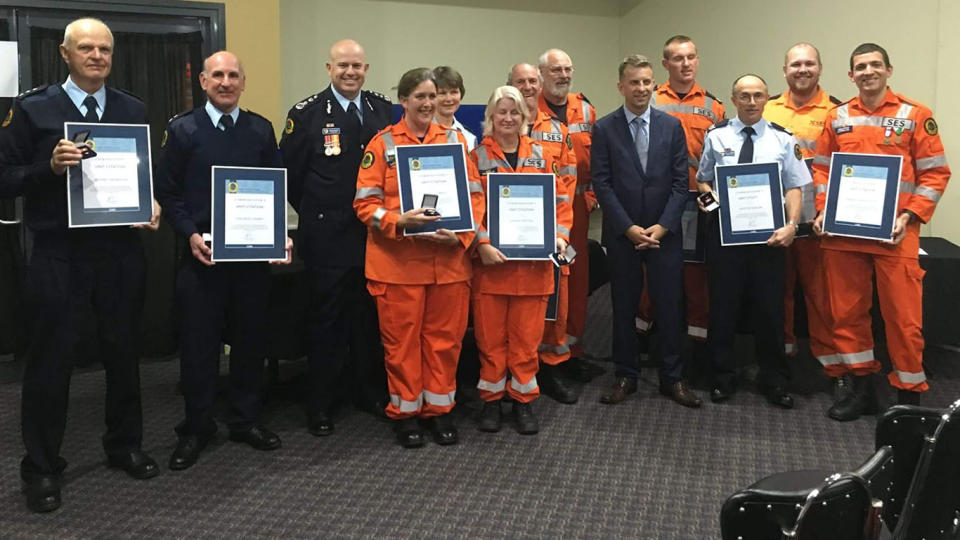
“It was a good news story at a time where there was serious flooding in the Hunter Valley and there were only bad news stories coming out of the area,” Mr Zammit says.
Mr Zammit says when he initially tagged along with a friend to an SES information night, it wasn’t with the intention of joining up.
“But I was looking for something in my life other than just working and doing nothing on weekends,” he admits.
“My only regret is that I didn’t find the SES much younger in my life.”
SES’s Moruya unit, approximately 25km south of Batemans Bay on the south coast of NSW, is a first responder unit, meaning on any given day Mr Zammit and his team could be called out to a road crash or the aftermath of a storm.
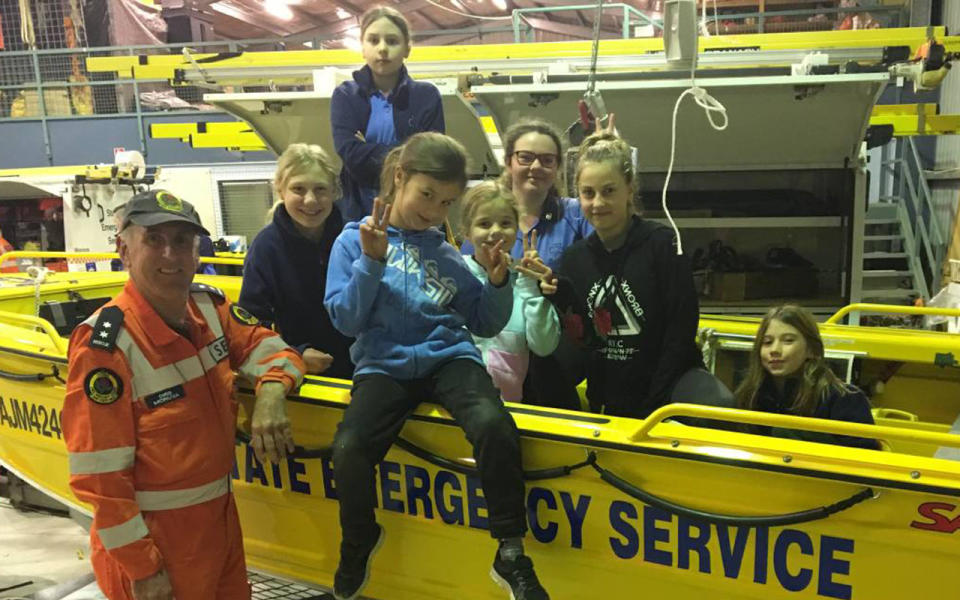
“I mean, part of the job involves attending fatalities, body recoveries – it’s not always easy but we have training and counselling to deal with those things,” the 65-year-old deputy unit controller said.
“When a call comes through, whoever is willing and able to help can. You do a self-assessment, to see if you’re in the right frame of mind to cope with a road crash. With storm work, we have advance warning, so there’s a bit more prior planning.”
Mr Zammit’s day job is in customer service and business management, an area he’s been in for the last 25 years, and he regards SES work as an extension of customer service.
“In a better way, in a lot of ways, because we always get thanked for what we do – and that’s the payday for us,” he says.
“There’s no amount of money in the world that will give you the same feeling of pleasure you get out of helping people. There’s nothing like it.”

